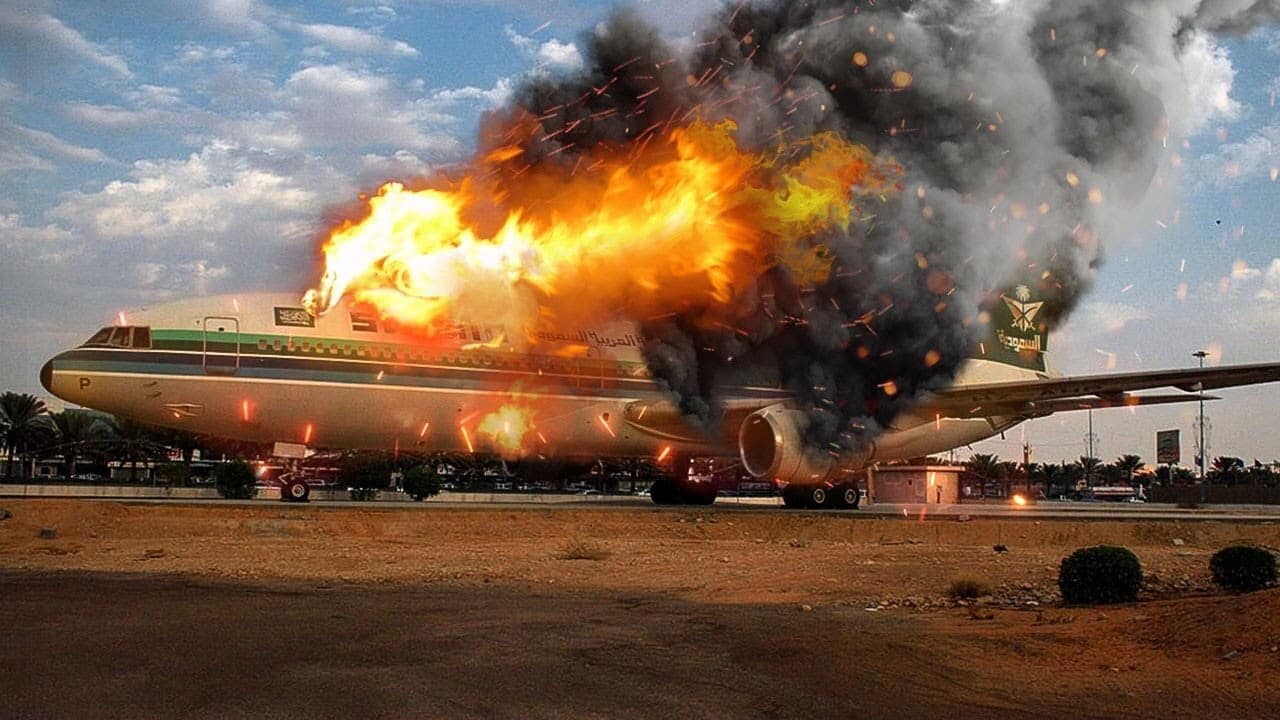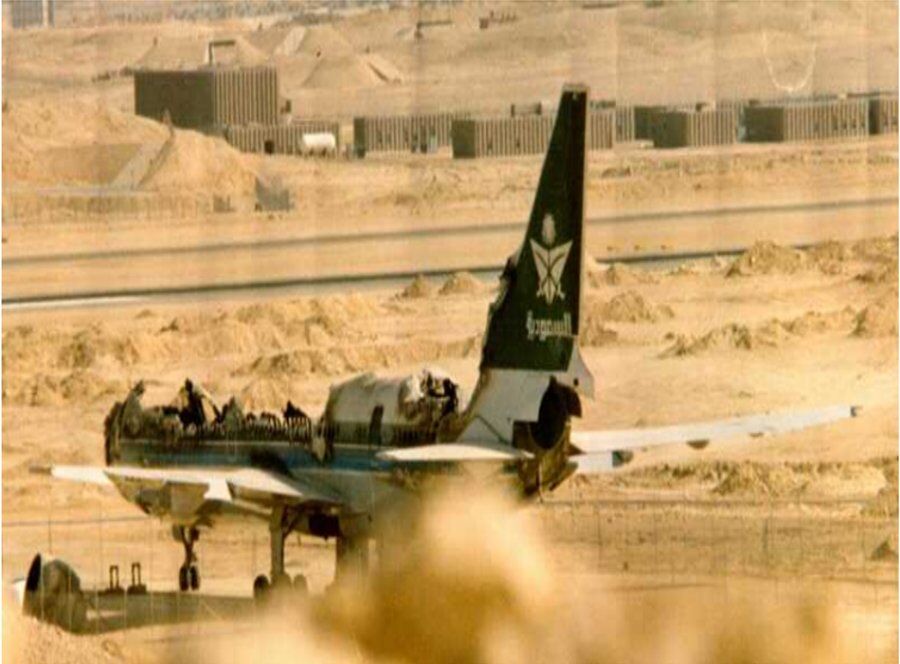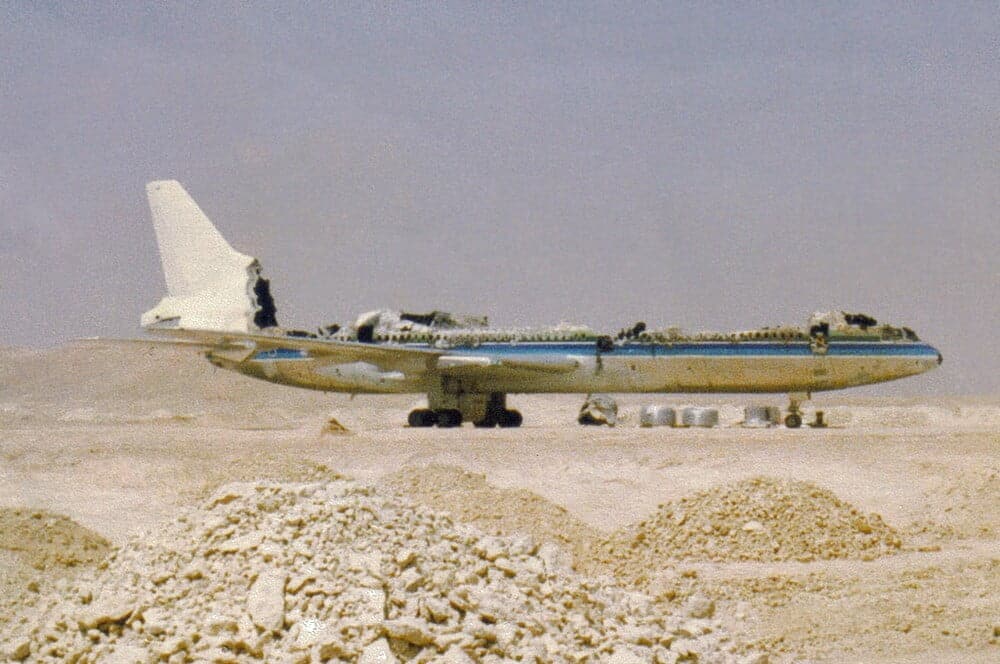
The Story Behind the Deadliest Aviation Accident in Saudi Arabia’s History
On August 19, 1980, a routine flight from Riyadh International Airport in Saudi Arabia turned into a tragedy that left the world in shock. Saudi Arabian Airlines Flight 163 was on its way to Jeddah when a fire broke out, claiming the lives of all 287 passengers and 14 crew members on board. The incident remains the deadliest aviation accident in the history of Saudi Arabia and has forever altered the lives of those affected by the tragedy.
The Flight and its Passengers
On August 19, 1980, Saudi Arabian Airlines Flight 163 (Lockheed 1011-200 TriStar) was scheduled to take 287 passengers and 14 crew members from Riyadh to Jeddah. 82 passengers had boarded the plane in Karachi, while the remaining 205 passengers boarded in Riyadh. The majority of the passengers were Saudi and Pakistani religious pilgrims, who were on their way to Makkah to perform the Hajj. Along with the Saudi and Pakistani nationals, there were 32 religious pilgrims from Iran, who were also making the journey to Makkah. In addition to the religious pilgrims, there were a small number of passengers from various countries who were heading to Jeddah for diplomatic missions.

The flight arrived in Riyadh at 7:06 PM (Saudi time) with a two-hour layover for refueling. During this time, several passengers disembarked. After refueling, the flight took off at 9:08 PM and headed towards Jeddah. Approximately seven minutes into the flight, the crew received warnings of smoke in the cargo compartment. They spent the next four minutes verifying these warnings before Flight Engineer Bradley Curtis went to the cabin to confirm the presence of smoke.
Captain Mohammed Ali Khowyter decided to return to the airport, and First Officer Sami Abdullah M. Hasanain communicated their intentions at 9:20 PM. At 9:25 PM, the thrust lever for the center engine (engine 2) became jammed as the fire had burned through the operating cable. At 9:29 PM, the engine was shut down as the plane was on its final approach.

At 9:35 PM, Captain Khowyter declared an emergency and landed back in Riyadh. After touching down at 9:36 PM, the plane continued to a taxiway at the end of the runway and stopped at 9:39 PM, two minutes and 40 seconds after landing. Emergency personnel and fire rescue equipment were stationed at the landing section of the runway, expecting an emergency stop and evacuation, but they had to race after the plane, which used the entire length of the 13,000-foot runway to slow down and exit onto the taxiway. The airplane finally stopped facing the opposite direction of its landing.

Once the aircraft had stopped, the crew reported that they were shutting down the engines and about to evacuate. However, on arrival at the aircraft soon after, the rescue personnel found that the two wing-mounted engines were still running, preventing them from opening the doors. They were finally shut down at 21:42, three minutes and 15 seconds after the aircraft came to a stop, at which point communication with the crew was lost. No external fire was visible at the time, but flames were observed through the windows at the rear of the aircraft. Twenty-three minutes after the engine shut down, at 22:05, the R2 door (second door on the right side) was opened by ground personnel. Three minutes later, the aircraft burst into flames and was consumed by fire.
The Aftermath and Investigation
It is not known why Captain Khowyter failed to evacuate the aircraft promptly. Saudi reports stated that the crew could not get the plug-type doors to open in time. It is assumed that most passengers and flight attendants were incapacitated during the landing roll, or they would not have attempted to open a door on a moving aircraft.
It is known that the aircraft remained pressurized during the landing roll as the cabin pressurization system was on standby, and the aircraft was found with both pressurization hatches almost completely closed. The pressurization hatches should have opened completely on the touchdown to depressurize the aircraft.

The crew was found still in their seats, and all the victims were found in the forward half of the fuselage. Autopsies were conducted on some of the non-Saudi nationals, including the American flight engineer. All of them perished from smoke inhalation and no burns, which indicated that they had died long before the R2 door was opened. The source of the fire in compartment C3 could not be determined.
Amazon White Friday Offers
- 📱 38% discount on the Samsung Galaxy S24 Ultra phone, 256 GB storage
- 📱 24% discount on iPhone 15 Pro (1 TB) - Titanium Blue
- 📱 26% discount on Samsung Galaxy Z Fold6, 12 GB RAM, 256 GB storage - Pink
- ☕ 59% discount on the coffee maker Black+Decker, 900 W, serves up to 12 cups
- 🍳 56% discount on the Edson air fryer, 22 liters, 1900 W - White
- 🍳 49% discount on the Nutricook Vision air fryer, 5.7 liters, equipped with a transparent window and internal lighting
- 💻 33% discount on Apple MacBook Air, 2022 model, M2 chip
- 💻 24% discount on HP laptop, Model 15-fd0000nx, 15.6” FHD screen, Intel Core i7 processor
- 💻 14% discount on Apple MacBook Pro 2023 (M3 Max chip)